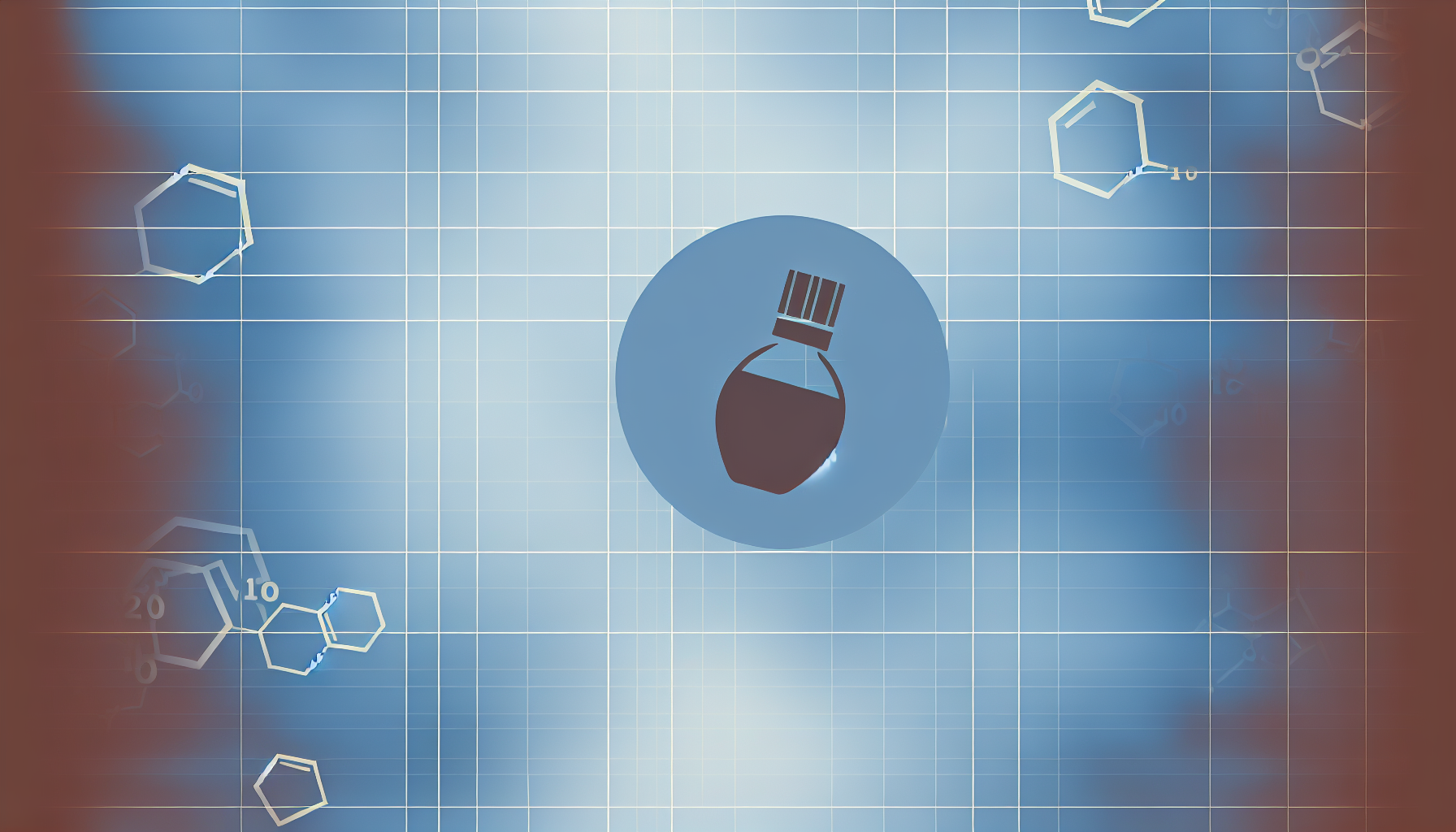It is an apparatus for continuous use in laboratories, it allows an analysis of the electromagnetic radiation beam or light that is absorbed when passing through a solution, strengthening the science of spectrophotometry, in addition it has the ability to measure the magnitude of waves and the relationship of these with the values of the photometric, it also quantifies the microorganisms and substances in the chemical research laboratories.
The importance of this equipment lies in its use, and areas of application, these aspects depend on the type of spectrophotometer that your laboratory requires, according to the different manufacturers we can find different models and classification, but this device determines, identifies, qualifies and quantifies light and its energy; commonly allows to know the concentration of substances in a solution and perform an analysis under the quantitative approach, in order to diagnose the properties of light and interaction with chemicals.
Types of Spectrophotometer
There are a large number of spectrophotometers, classified in different ways, but the following types stand out:
- According to their light beam: these in turn are classified as:
- Single beam spectrophotometer: Light is transported from the sample to the detector, so a reference is needed to develop the analysis.
- Split beam spectrophotometer: The light is divided into two paths, the path passing through the monochromator to the sample and then to the detector, and the path passing through the detector used to correct variations in the light emitted by the lamp.
- Double beam spectrophotometer: The light through two paths to the compartments, and each has its own detector. One goes to the sample and the other to the reference.
- Atomic Absorption Spectrophotometer: it works taking into account the wavelengths of the electromagnetic radiation spectrometer and are based on the fact that the molecules that absorb frequencies are part of the characteristics of its structure; they are used for the study of pigments in paints and manuscripts, their most important application is in the food industry, since it allows to know the concentration of the compounds of various products.
- Visible UV spectrophotometer: used to measure the light that passes through the sample, and the analysis consists of comparing that intensity before it passes through the solution or sample, this relationship is called transmittance and is written in percentage.
- Scanning spectrophotometers: Light is dispersed in wavelengths and measures the individual transmittance of each wavelength through the bucket, resulting in the spectrum continuously, producing a decrease in the accuracy and reproducibility of the wavelength selection.
- Matrix spectrophotometers: Light is directed to a detector, which allows simultaneous measurement of all wavelengths, and measurement is faster and more reliable.
Categories of spectrophotometers
There are not only types of spectrophotometers, according to their usefulness and functionality, but also models of presentation or design:
- Portable spectrophotometers: Solid, accurate and comfortable in hand or pocket, portable devices measure color anywhere in their operation.
- Desktop spectrophotometers are those required for operations where a high level of precision and color control is required in a laboratory.
How a Spectrophotometer Works
It is based on the light of a special lamp that has the spectrophotometer and is guided by a connector that selects and separates the light from the wavelength, which will pass through the sample; the intensity of the light emitted by the sample is captured and then compared with the intensity of the light that affected the sample, with this information the transmittance is calculated, which depends on the concentration of the substance.
In conclusion, this instrument bases its operation on trying to illuminate a sample with white light, in order to calculate the amount of light that is reflected through a series of wavelength intervals; this apparatus has the ability to determine what substance is present in a sample and how much its wavelength calculation is.
Spectrophotometer Applications
Applications of this equipment are carried out in areas where quantitative analysis is required, such as in the areas of: biochemistry, physics, biology, materials and chemical engineering, clinical, industrial, and any area working with chemicals, in addition in hospitals are used to examine the tissues or blood of a diagnosis; they are also used in the laser, optics or printing industry to measure the transmittance or reflectance of solid substances such as polished glass.
If you want to buy a spectrophotometer, in KALSTEIN we offer a variety of models that can meet your needs, and guarantee satisfactory results, in this case we are available through our online channels, we offer you the best price in the market, also if you want to know the catalog of high-end products that in Kalstein we have for you visit us HERE we assure you that in our online buying channels that are very easy and viable from anywhere in the world, reminding them that we are a manufacturer of high-level laboratory equipment for sale.




